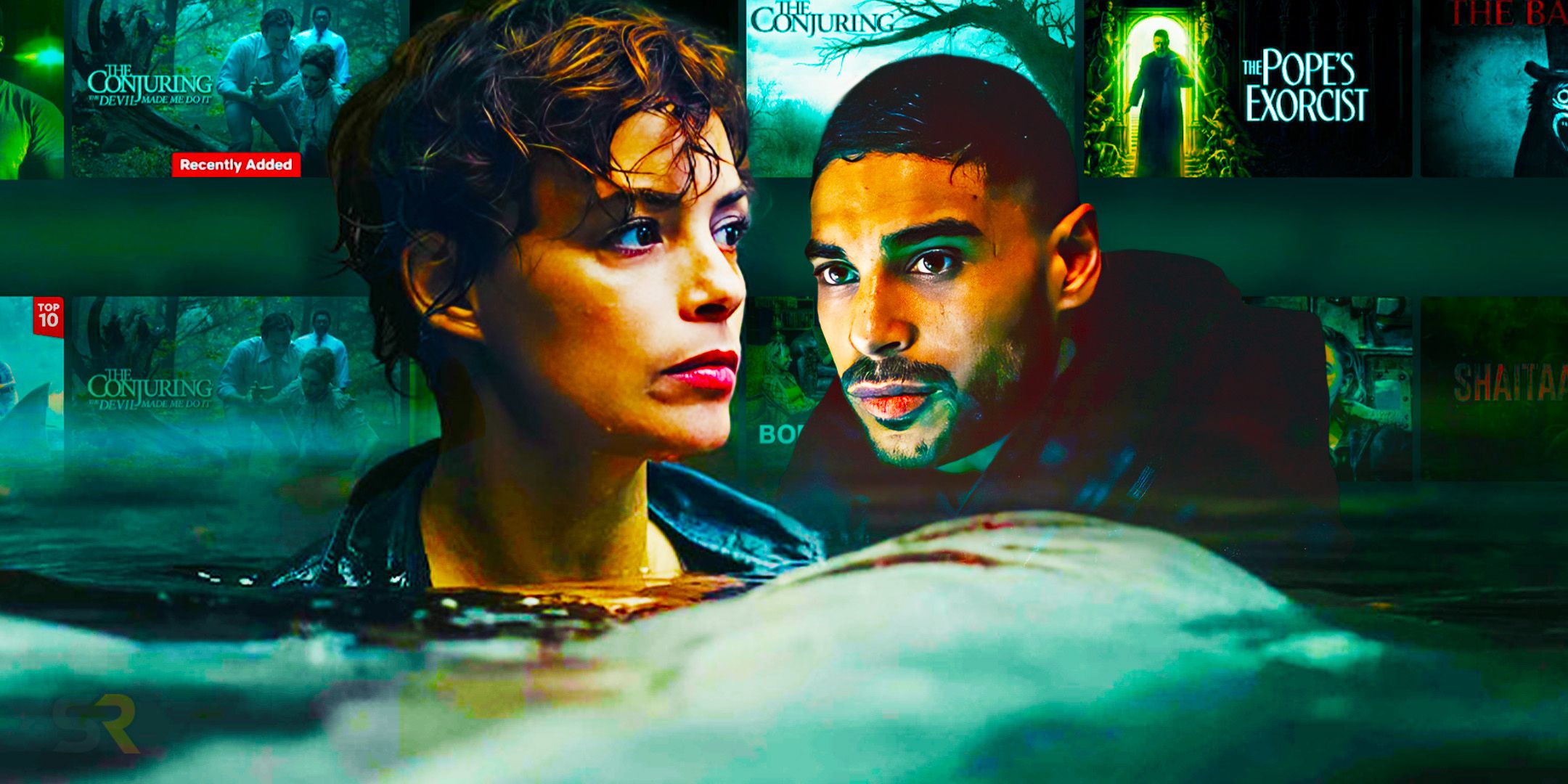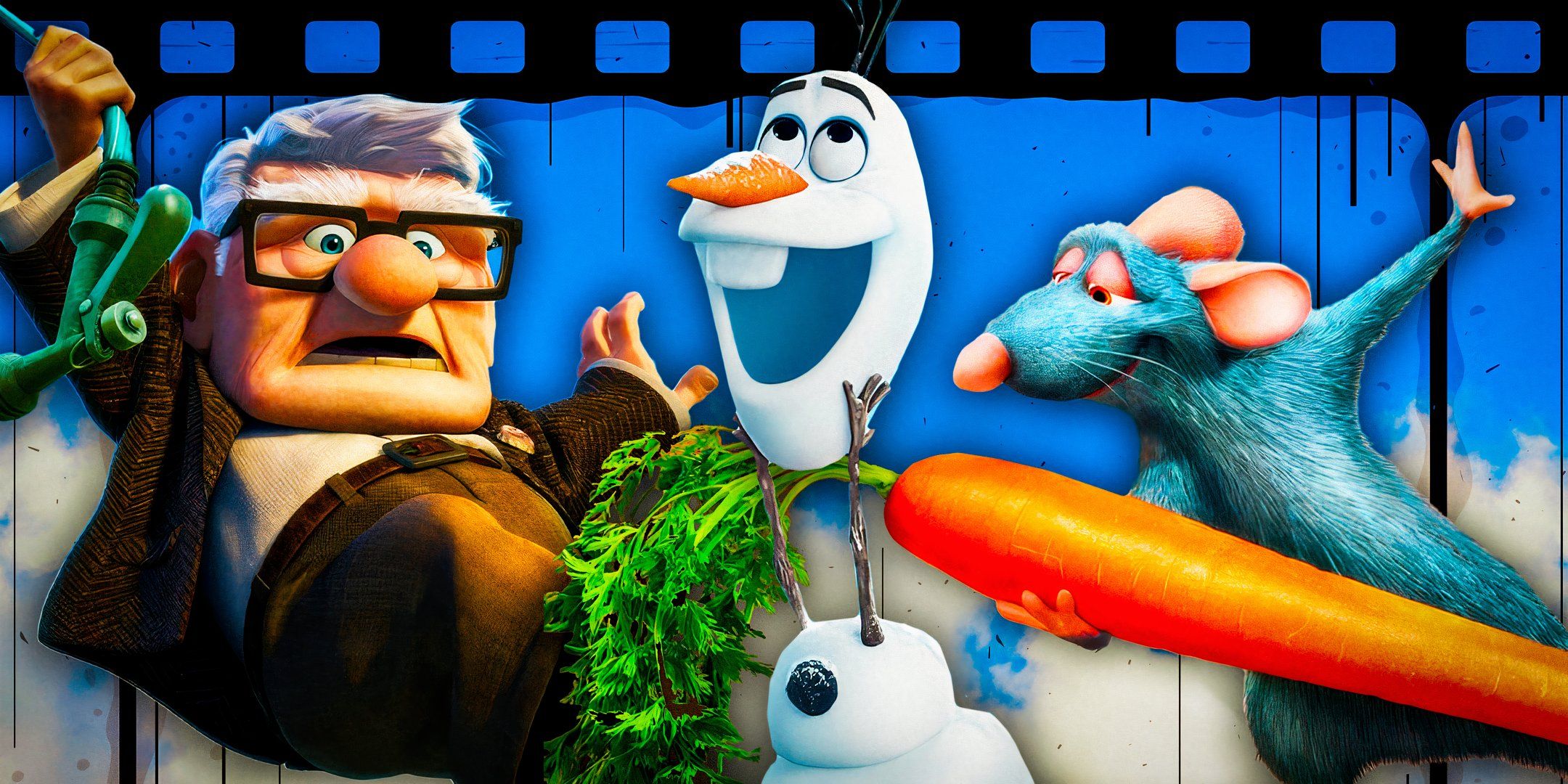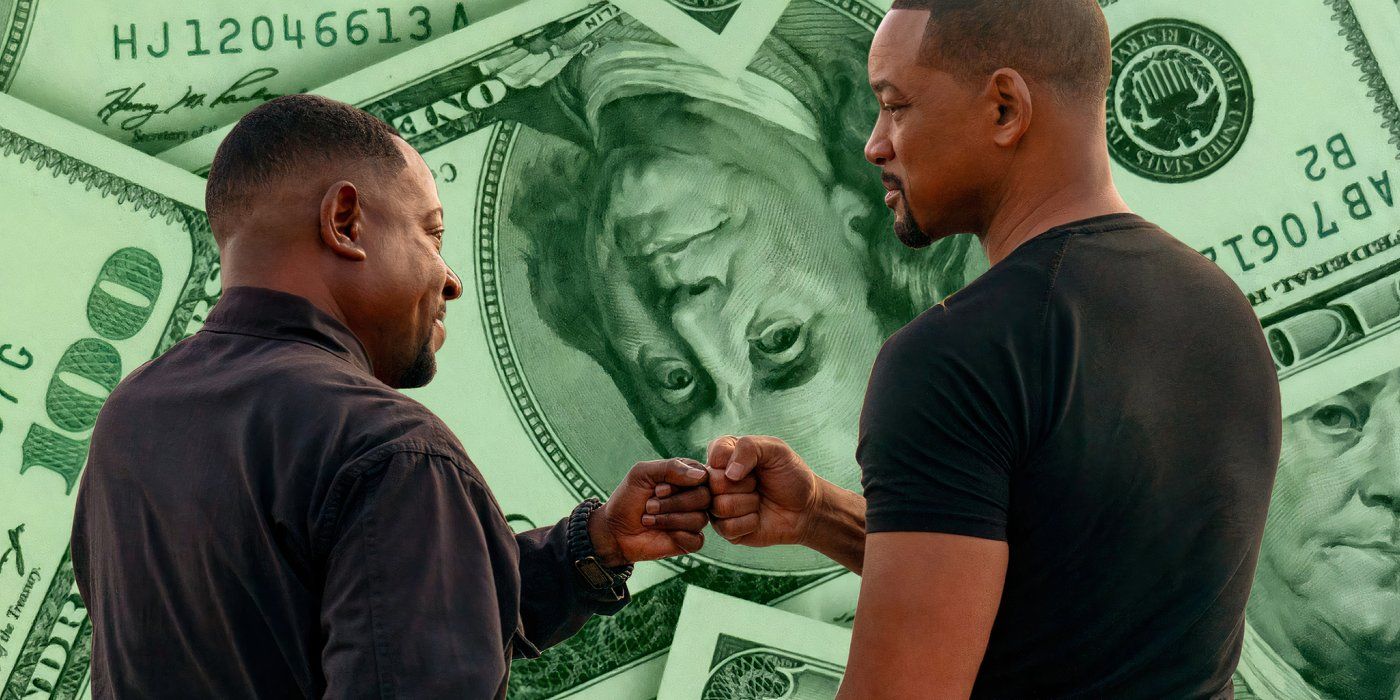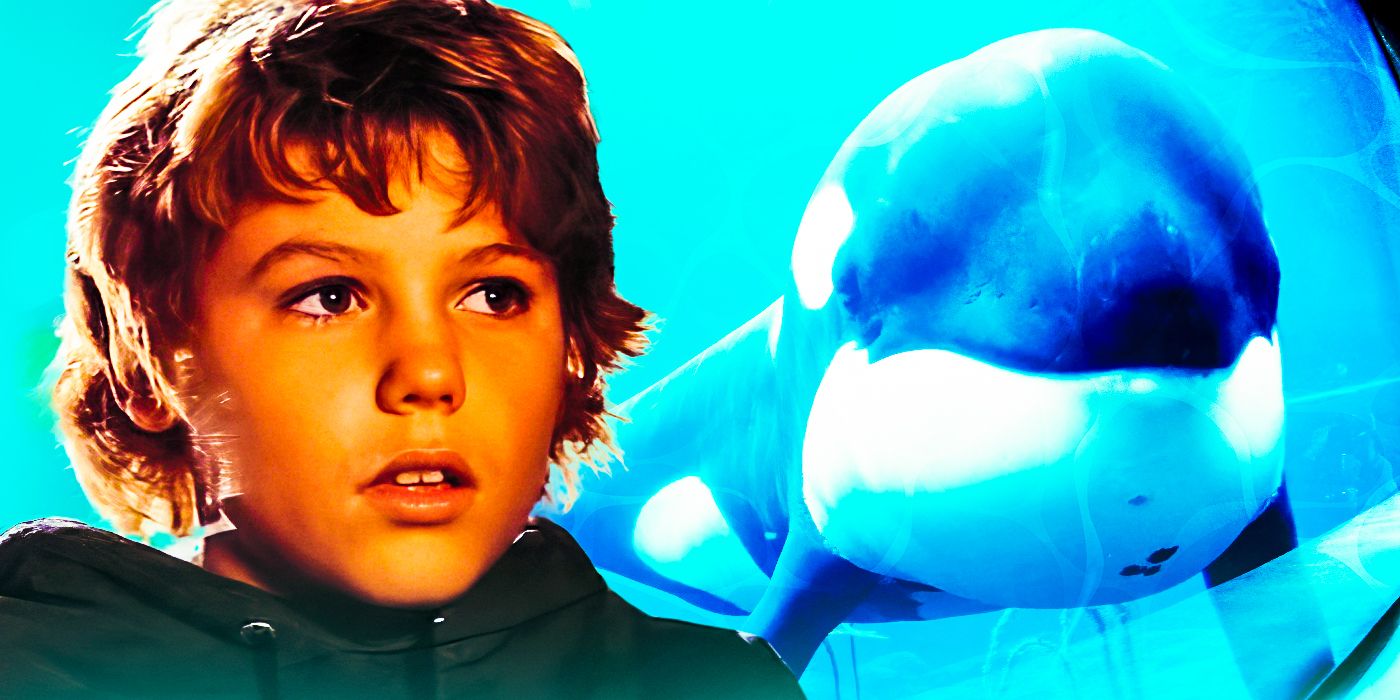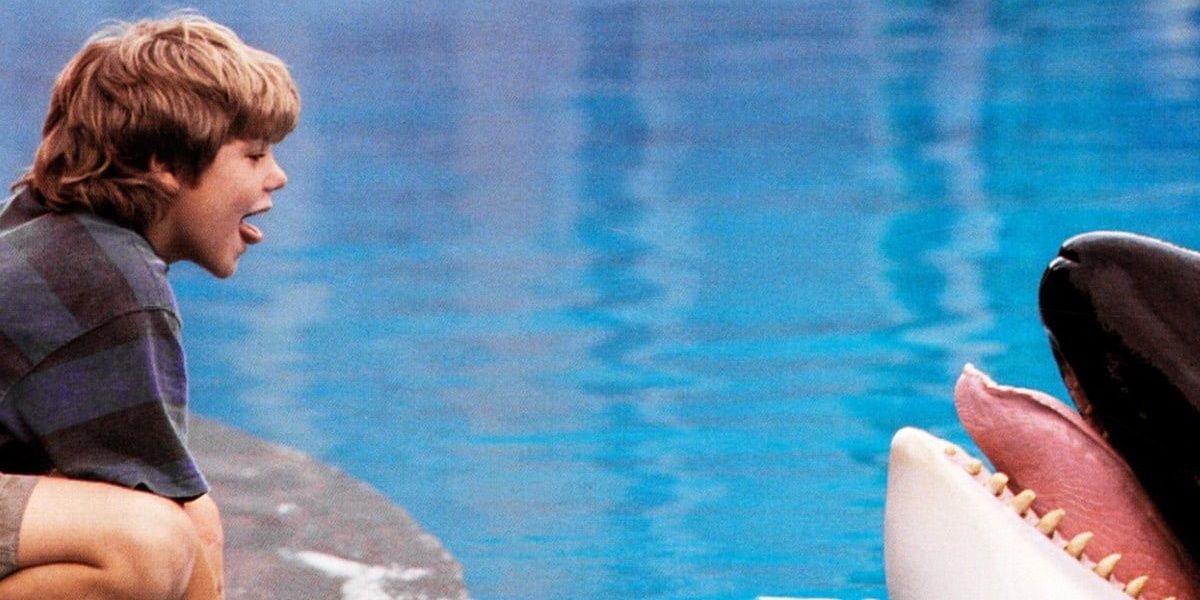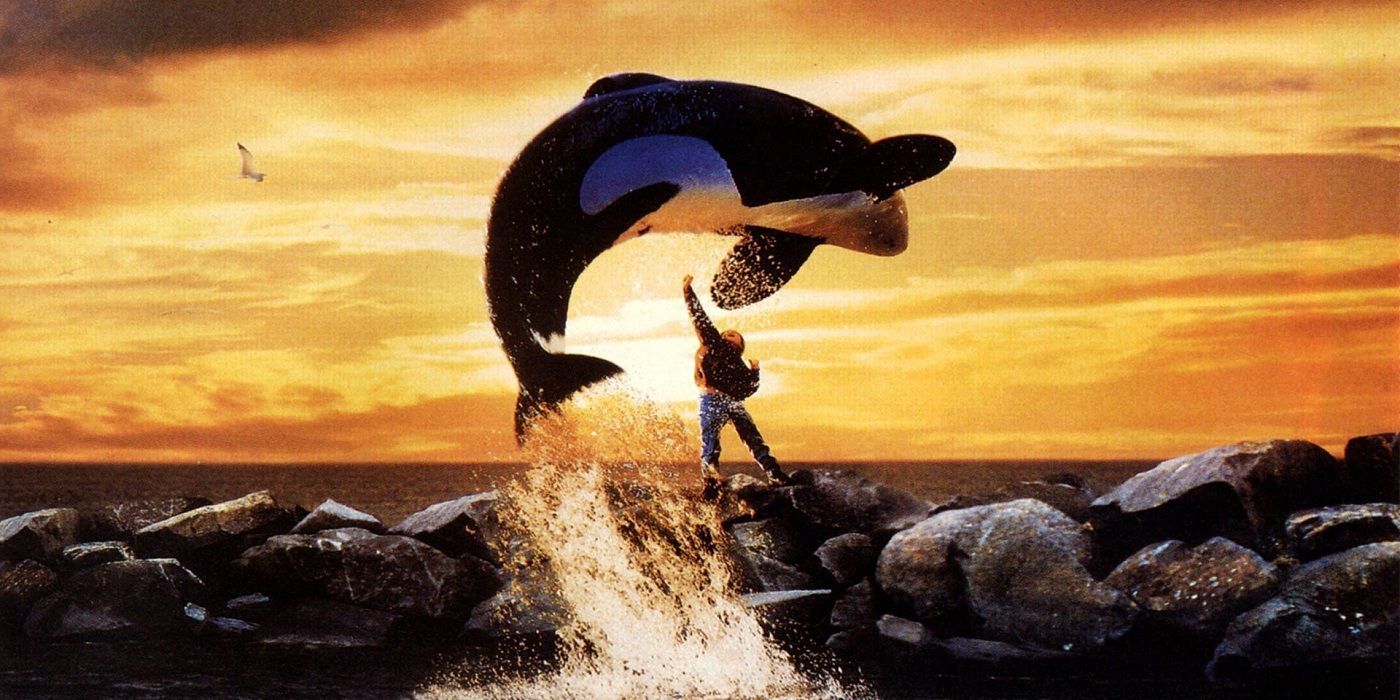Summary
- Keiko, the orca from the movie Free Willy, captured hearts worldwide, leading to a campaign for his freedom and eventual release into the wild.
- Despite efforts to reintegrate into the wild, Keiko continued seeking out human contact, suggesting the project failed to fully restore his natural instincts.
- Keiko's death in 2003, believed to be caused by pneumonia, marked a tragic end for the beloved movie star.
In 1993, an orca named Keiko became a worldwide star after appearing in the movie Free Willy, but what happened to the whale after the film is a tale of tragedy. With a name meaning "lucky one," Keiko was captured in 1979 at the age of two. During his younger years, Keiko lived at an aquarium in Iceland, a zoo in Canada, and an amusement park in Mexico, before living up to his name and being selected for Free Willy.
As the titular Willy, Keiko is the undeniable star of Free Willy, the story of a young boy who bonds with the orca. The film's worldwide success and Keiko's status as one of the best movie whales spurred a letter-writing campaign to free Keiko and the establishment of the Free Willy-Keiko Foundation. With so much momentum behind it, Warner Bros. couldn't ignore the campaign.
Free Willy's Keiko Was Released Into The Wild
In 1996, three years after the release of Free Willy, Warner Bros. collaborated with the International Marine Mammal Project to begin plans to return Keiko to the wild. Despite the campaign for his freedom, this was a controversial decision. After being in captivity since 1979, questions were raised about whether Keiko would be able to survive in the wild. From 1985 to 1996, Keiko had lived in a small pool in Mexico City, with no contact with any other orcas (per University of Nebraska), so a return to the wild was deemed "misguided." Nevertheless, in 1998, Keiko was moved to a bay pen in Iceland to begin the steps for a release into the wild.
What Happened To Keiko After His Release
Once Keiko was moved to the bay pen, training for his release began, with a program that included supervised swims and learning to catch fish. By the summer of 2002, Keiko was officially free, with ongoing monitoring and tracking via a tag on his dorsal fin. He was later relocated from Iceland to Norway. Despite his newfound freedom, Keiko continued to seek out humans - even letting people pet and swim with him (per Komo News). Keiko did sometimes attempt to approach other whales but mainly kept his distance, seemingly preferring the company of humans, an indication that the project to free him had failed. Tragedy struck just 18 months later.
As reported by BBC News, Keiko died in the fjords of Norway in December 2003. His cause of death was believed to be pneumonia, with a rapid decline that meant there was nothing caretakers could do to save him. Keiko was believed to be 27 years old at the time of his death, a few years younger than the typical 35-year lifespan for an orca. Keiko was buried in Norway and given a secret ceremony (per CBS News), but a grave cairn was built where visitors could pay their respects to the Free Willy star.
Source: BBC News, CBS News, Komo News, University of Nebraska


